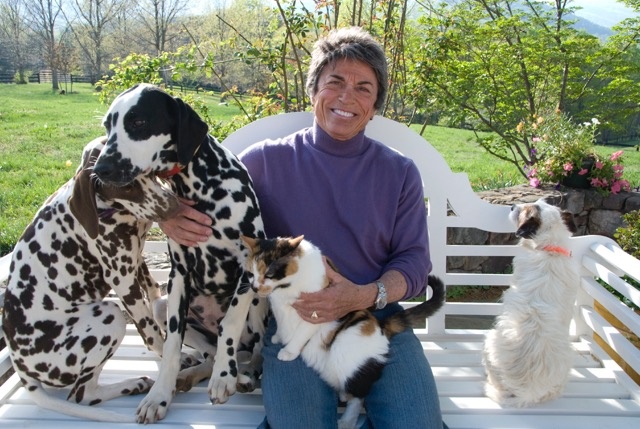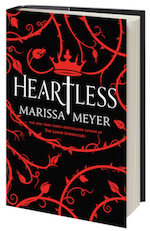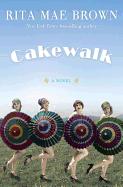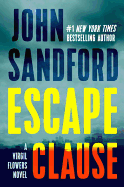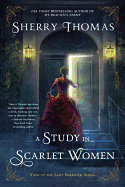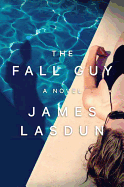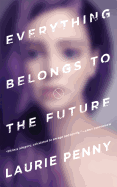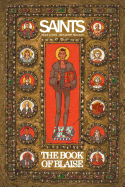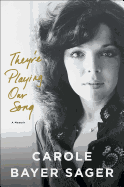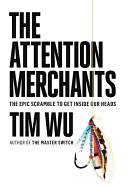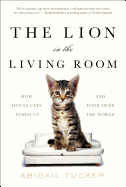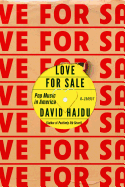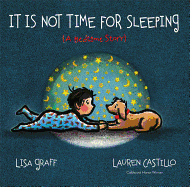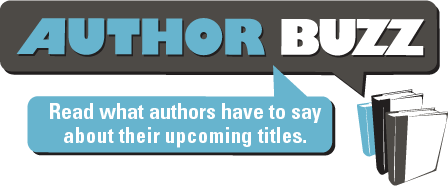 |
| photo: Julia Scott |
Marissa Meyer, from Tacoma, Wash., is the author of the #1 New York Times-bestselling Lunar Chronicles series of futuristic fairy tales for teens: Cinder, Scarlet, Cress, Fairest, Winter and Stars Above. Heartless is her first stand-alone YA novel.
How did you come upon the idea of writing a novel inspired by Lewis Carroll's Alice's Adventures in Wonderland?
Alice has been a part of my life for as long as I can remember, though not in the form of Lewis Carroll's book. I knew about Alice through Disney, naturally, and through my mom who loves all things Wonderland and has a fantastic Alice collection with everything from music boxes to figurines. For many years, we had an all-Alice Christmas tree. I remember my parents and their friends doing a whole Alice-themed group of costumes for Halloween one year.
I don't think I read the original Alice until I was in college, and by that time I could appreciate it not only for the whimsical world and characters, but also for Carroll's genius wordplay. I was, and still am, in awe of his ability to play with language and hidden meanings.
How many times did you reread Alice while working on Heartless? To what degree did you try to stick to the "facts" of that fictional world?
All in all, I read Wonderland three times and Looking-Glass twice, and referenced them both about a million more times in between. I certainly took my share of liberties with the world, but I attempted to not change anything that would be in stark contrast to the original. I wanted Heartless to be a believable counterpart to Alice in Wonderland--a logical starting point for the story, and for the origins of so many of these familiar characters. Luckily, Lewis Carroll left us a lot of room for interpretation!
You must have had fun writing this. I loved your fresh, inventive versions of old favorite characters and images, from the croquet scene with the hedgehogs and the flamingo with "horrible shrimp breath," to the Cheshire Cat, the March Hare, the Mad Hatter, the Mock Turtle and the Jabberwock.
I absolutely had so much fun writing this book--largely because I was making an effort to pay homage to Carroll's writing style. Though I know I'm not the wizard at wordplay that he was, I was constantly questioning the world and the dialogue, trying to pull little jokes and secrets out of the language, or include twists of meaning throughout the world. It was a different way of thinking about the words on the page--everything has to be questioned and inspected, to see if there's another way it can be interpreted, a more fun, interesting, Carrollian way.
I liked your publisher's description of Heartless: "Long before she was the terror of Wonderland--the infamous Queen of Hearts--she was just a girl who wanted to fall in love." Was this always going to be the story of Lady Catherine Pinkerton, future Queen of Hearts?
Cath was always the focus of the book--I was hugely inspired by Gregory Maguire's Wicked when I first had the idea for Heartless. I loved how he was able to transform the opinions of an entire generation of readers, completely changing the cultural attitude toward one of the most infamous literary villains of all time, the Wicked Witch of the West. I wondered if I could even begin to accomplish the same sort of thing with one of my favorite villains, the Queen of Hearts, and from there my imagination started to run away from me.
The Queen is so boisterous and loud and bloodthirsty and angry in Lewis Carroll's story, and I wanted to know how she'd gotten that way, and also how she'd ended up married to such a meek, simpering man like the King. I was also intrigued from the start by the entire trial sequence in Alice, in which the Knave is accused of stealing the Queen's tarts. It didn't add up--this furious queen, who also had the time and inclination to bake tarts? I wanted to know more, and Cath's story began to emerge from my questions.
So that's why Cath is obsessed with baking and opening her dream bakery. Are you, too, obsessed with baking? Those luscious descriptions of the lemon tarts, "trembling," "quivering," were almost not PG-13.
Goal accomplished! Though it isn't a passion of mine like it is for Cath, I do enjoy baking on occasion, and I did make lemon tarts as "research" for the book.
I read one fan's online description of Heartless, that it was "exactly the right combination of prophecy, romance, Victorian-style female repression and weirdness." How does that assessment strike you?
I love this! In particular, "romance" and "weirdness" were two elements I was hoping to accomplish in spades. As with all my romances, I want the readers to feel as swept up as the characters do--to feel as though they're falling in love themselves, which is often how I feel as I'm writing the story. And weirdness, well... I daresay Alice is one of the weirdest works of classic literature out there, so I was hoping to do it justice!
Tell us about the Victorian-style female repression part.
Though I consider Heartless to be set in a fantasy world (and therefore, not based on any sort of factual history), I did want it to feel authentic to the time Lewis Carroll was writing and the Victorian-era Wonderland that Alice dropped into in 1865. I did a fair amount of research into the culture and expectations of the time, and a lot of rules in Cath's society were formed from that research. Perhaps most notable is the idea of Cath and her friend Mary Ann becoming business owners, which is met with such derision. Many of Cath's struggles throughout the story are a result of this oppression--people are constantly trying to put her in a box, often "for her own good," and the smaller the box becomes, the more Cath tries to fight her way out of it. I think her story would have been much, much different if it had been set in a more contemporary setting.
What was the most fun character to write?
I absolutely adored writing Cheshire. He is so self-assured--he doesn't care about society and its rules, has no qualms whatsoever about crashing the King's ball and devouring his feast. He also has questionable loyalties, which continues into Alice's story, too. In Heartless, he is sort of friends with Catherine, but in the end, all he really cares about is who he can get to rub his stomach and feed him tuna fish. With so many other characters playing the games of politics and relationships, Cheshire made a nice "it's all about me" counterpoint.
Was there a character who was more challenging to write than other characters?
Though I enjoyed writing the Hatter, he was also one of the most challenging of the book, largely because he's the sort of character who keeps secrets. Lots and lots of secrets... and I've found that characters who keep secrets from other characters tend to also be keeping secrets from me!
How would you characterize Cath and Jest's secret romance?
Passionate, magical... impossible?
You weave some nursery rhymes into Heartless. That Peter Peter Pumpkin Eater part was terrifying.
Why, thank you! The use of nursery rhymes was a direct homage to Lewis Carroll's originals, as he drew on plenty of nursery rhymes as well. Most notably, Humpty Dumpty, Tweedledee and Tweedledum, and even the Queen of Hearts and her tarts, all of which were popular nursery rhymes. As for Peter Peter, I always found that rhyme to be incredibly creepy. Even as a child, I questioned what kind of man locked his wife up in a pumpkin shell?
Readers should know this book gets dark, sometimes even veering into horror territory. Without giving anything away, tell us a little about that.
I always knew the book was going to head that direction, because--well, it's the story of the Queen of Hearts! We know who she becomes. We know that she'll have anyone beheaded for the slightest infraction. The question, then, is why is she so furious, so easily enraged? To get there, Cath's story had to travel down some dark paths.
Can this really be a stand-alone novel?
It really is! At this time, I have no plans for any more books set in the Kingdom of Hearts. However, never say never.
Any advice for young writers?
Don't rush into publication. Take your time to learn your craft, develop your voice, study the art of writing and storytelling, and simply enjoy the process.
Anything else you'd like to tell the readers of Shelf Awareness?
I hope Shelf Awareness readers will fall desperately, hopelessly in love with Heartless. I hope you'll have a sweet tooth the whole time you're reading. And I hope you won't lose your head....
